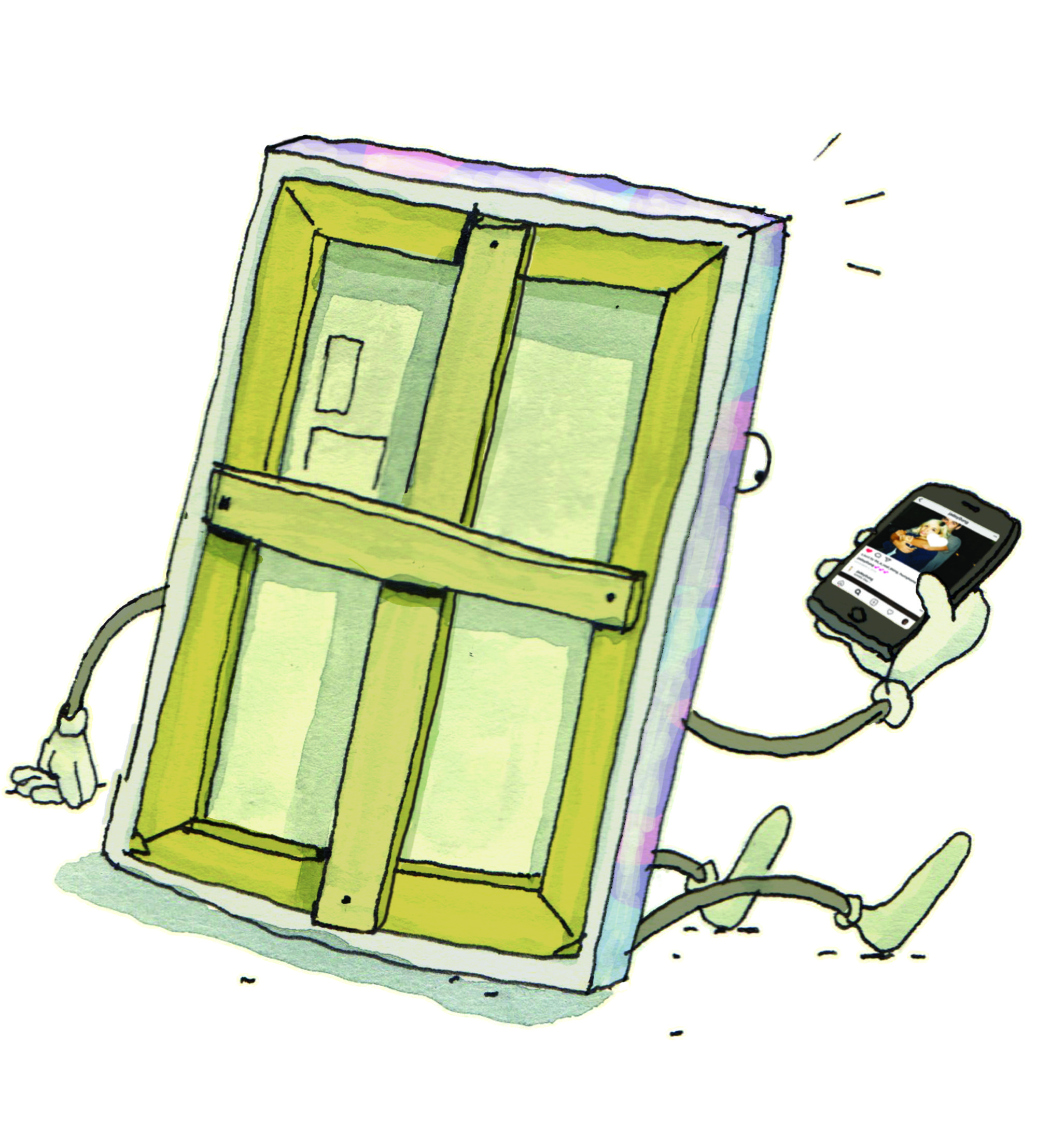Disruption isn’t for everyone. Yet, in every industry, it’s necessary and serves a vital purpose. In the art world, the decades-old artists-versus-galleries debate continues, and has become more and more heated. More than 50 years ago, in 1966, Barbara Steveni and John Latham famously wrote a manifesto for the Artist Placement Group, an organization that helped insert artists into the corporate world, that began with the idea that “the context is half the work.” This theory remains relevant: In recent years, social media—with Instagram leading the charge—has significantly brought down barriers that had prevented artists from getting their work exposed and sold. At the same time, those platforms have also made things noisier, emphasizing the need for more market validation and protection than ever.
Does every artist need a gallery representing them? No. Do many artists need a gallery representing them? Yes.
Some artists (see: Richard Prince, who left Gagosian last year) have an entrepreneurial spirit. They see the galleries as entities simply taking a big cut from their work, and in turn know how to market themselves, handle their own exhibitions, sell their work directly to collectors, and hire and manage a staff to deal with all of the logistics involved. These artists, however, are few and far between. Their aggressiveness and disruptive nature serves a purpose—change is necessary. But such an opinion isn’t mutually exclusive.
Many artists are exactly that—artists—and should simply live in a creative world. This isn’t to say they can’t be half artist/half businessperson, but is that really the best for thing for their work anyway? Art should serve a greater purpose than commerce.
Here’s what I think is going to happen: Artists are going to hear this new gospel of going rogue, of cutting out the middleman. And it will seem great—until it’s not. Most of these artists will not be prepared for what that idea actually means. Their work will suffer. They won’t understand the many nuances of operating a business. They will face cash-flow and legal issues. Some may go bankrupt. Others may crawl over to the competitor of the gallery they left.
I recently had a discussion with a newly successful artist—whom I will refer to as Joe—who exemplifies someone who doesn’t necessarily need a gallery. His stance was that the artists of today, in order to find success, must manage and sell their own work but also have a gallery (or two). His is a rather Darwinian mindset, which I typically agree with. But my viewpoint is that, as one of these new-guard exemplars, Joe has a social responsibility not to tell fellow artists to go to a place they aren’t prepared for. For many, going solo will lead to failure again and again.
There’s another reason for this: Without major galleries helping manage supply and demand, the market will become even more noisy. Potential confidence loss would be detrimental to both the gallerist and the artist.
As a futurist who believes almost everything can be disrupted, I feel the gallery model needs to be significantly improved—but I’m not confident it needs a full disruption. The world can exist with some artists representing themselves, especially those that stand out in the emerging market, and many others sticking with gallery representation.
One side doesn’t need to fail for the other to succeed.

